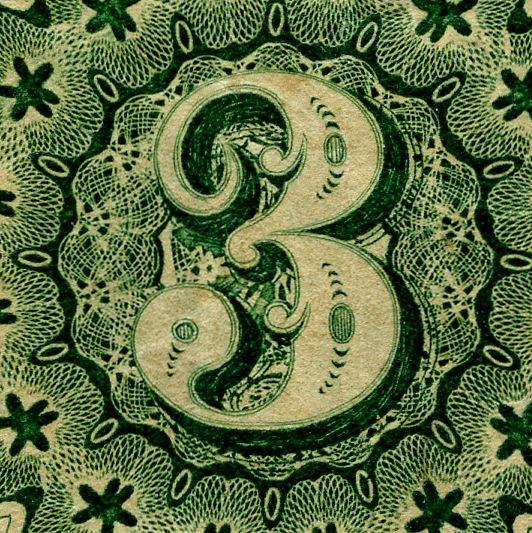In Coin Collecting for Fun and Investment, Part 3, we discuss handling and care. Taking care of your coin collection really just boils down to common sense. Although alloyed to increase their strength coins are made out of rather soft metals. They can be damaged very easily, and the higher condition they are, the easier it is to damage them enough change the grade. Follow these few basic guidelines, and you will keep your coins safe for years to come.
Handling: A coin has three sides. The obverse (heads side), the reverse (tails side), and the edge. 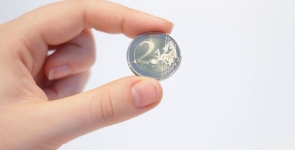 Touching the obverse or reverse can leave a fingerprint or other mark that can devalue the coin. Always handle a coin by the edge. When handling a high grade mint state or proof coin, it is a good idea to do it over a clean, dry, soft, and lint free surface. There are many products available for this purpose, but it’s easy enough to improvise something. Some collectors like to use soft white cotton gloves when handling their coins. While I have no opposition to this practice, I also find it to be unnecessary. Next time you go to a coin show, count how many dealers use gloves. In most cases you’ll find the answer to be zero. Good technique is all that you need.
Touching the obverse or reverse can leave a fingerprint or other mark that can devalue the coin. Always handle a coin by the edge. When handling a high grade mint state or proof coin, it is a good idea to do it over a clean, dry, soft, and lint free surface. There are many products available for this purpose, but it’s easy enough to improvise something. Some collectors like to use soft white cotton gloves when handling their coins. While I have no opposition to this practice, I also find it to be unnecessary. Next time you go to a coin show, count how many dealers use gloves. In most cases you’ll find the answer to be zero. Good technique is all that you need.
Sometimes you’ll find a small piece of lint, pet hair, or other light object on your coin’s surface. The tendency most people have is to blow that piece of foreign matter off of the coin. Never ever do this! When you blow on a coin you can’t help but blow small bits of moisture on there as well. Over time, the moisture can react with the metal surface of the coin forming unsightly black spots. Fanning the air near the coin as you would fan yourself on a hot day is a better way to do this.
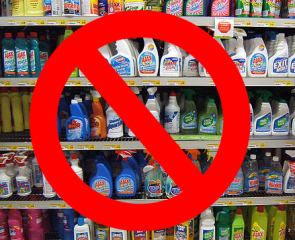 I’m often asked what is the best way to clean a coin. The answer is simple. Don’t. You want to keep your coins in their most original condition possible. This means leaving the coin in the condition least effected by human interference. It’s not so much as whether a coin has damage, to be determined original, as what kind of damage. Most coins leave the mint with damage caused by contact with other coins. Then they receive more marks and scuffs as they move about the world in pockets, purses, and cash registers. This is natural wear in a coin’s life, and considered original. Original coins can be certified, and damaged coins cannot. Damage is considered the marks left by alteration of a coin (cleaning, polishing, putting it in a bezel for jewelry), corrosion, tooling, etc… Recognizing the difference is critical in determining a coin’s value, and avoiding some common mistakes is critical in maintaining the value of your collection.
I’m often asked what is the best way to clean a coin. The answer is simple. Don’t. You want to keep your coins in their most original condition possible. This means leaving the coin in the condition least effected by human interference. It’s not so much as whether a coin has damage, to be determined original, as what kind of damage. Most coins leave the mint with damage caused by contact with other coins. Then they receive more marks and scuffs as they move about the world in pockets, purses, and cash registers. This is natural wear in a coin’s life, and considered original. Original coins can be certified, and damaged coins cannot. Damage is considered the marks left by alteration of a coin (cleaning, polishing, putting it in a bezel for jewelry), corrosion, tooling, etc… Recognizing the difference is critical in determining a coin’s value, and avoiding some common mistakes is critical in maintaining the value of your collection.
Storing your coins for the long term is simple, but there are a few common and costly mistakes. Keeping your collection in a cool dry place like a safe deposit box is the best overall idea for your collection in general. The more humid your environment, the more I recommend this. Certified coins are easy to store. All you really have to do is protect them from theft. The holders themselves are the best protection your coin can get. The raw coins are trickier, however. 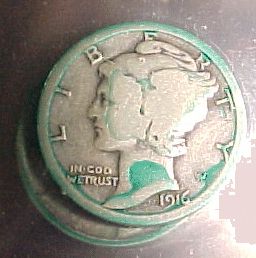 The three most common types of holders for your raw coins are: Soft plastic envelopes called PVC (poly-vinyl chloride) flips, stiff plastic envelopes called non-PVC flips, and holders about the size of a photographic slide that are made of mylar and cardboard. By far, for long term storage, non-PVC flips are the best. The softer PVC flips can react chemically with silver and copper creating a mint-green, oily type of corrosion. This takes a few years to start, so short term storage with these is fine. However, I have opened more than one safe-deposit box where hundreds of silver dollars had been stored for 20 years in PVC flips. The coins were all green, and the owner was devastated. The mylar and cardboard holders won’t hurt the coins themselves, but the staples that are required to keep them closed can. Staple scratches are far too common in the numismatic world. The easy answer for keeping your coins from getting staple scratches is to avoid using this kind of holder. The non-PVC flips are by far my favorite storage device for raw coins. They’re a little more expensive, but ultimately worth it. I know that there are many more types of coin storage devices, and if you have a question regarding any of these, please leave them in the comments section, and I’ll answer them as quickly as I can.
The three most common types of holders for your raw coins are: Soft plastic envelopes called PVC (poly-vinyl chloride) flips, stiff plastic envelopes called non-PVC flips, and holders about the size of a photographic slide that are made of mylar and cardboard. By far, for long term storage, non-PVC flips are the best. The softer PVC flips can react chemically with silver and copper creating a mint-green, oily type of corrosion. This takes a few years to start, so short term storage with these is fine. However, I have opened more than one safe-deposit box where hundreds of silver dollars had been stored for 20 years in PVC flips. The coins were all green, and the owner was devastated. The mylar and cardboard holders won’t hurt the coins themselves, but the staples that are required to keep them closed can. Staple scratches are far too common in the numismatic world. The easy answer for keeping your coins from getting staple scratches is to avoid using this kind of holder. The non-PVC flips are by far my favorite storage device for raw coins. They’re a little more expensive, but ultimately worth it. I know that there are many more types of coin storage devices, and if you have a question regarding any of these, please leave them in the comments section, and I’ll answer them as quickly as I can.
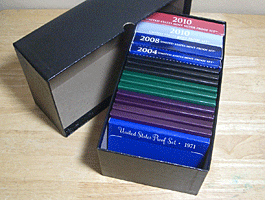 The last thing I’ll touch on in regards to storage is for items such as mint sets, proof sets, modern commemoratives, and other items made by the mint specifically for collectors. The packaging that these items come in are part of the value. Leave them in the packaging, in a cool, dark, and dry place with all of the original paper work with them. Hopefully these tips will help you keep your coin collection safe for years to come. Thanks for reading Coin Collecting for Fun and Investment, Part 3. In the next installment I’ll discuss some of the best ways to get your kids involved in coins.
The last thing I’ll touch on in regards to storage is for items such as mint sets, proof sets, modern commemoratives, and other items made by the mint specifically for collectors. The packaging that these items come in are part of the value. Leave them in the packaging, in a cool, dark, and dry place with all of the original paper work with them. Hopefully these tips will help you keep your coin collection safe for years to come. Thanks for reading Coin Collecting for Fun and Investment, Part 3. In the next installment I’ll discuss some of the best ways to get your kids involved in coins.

